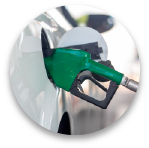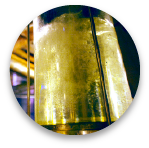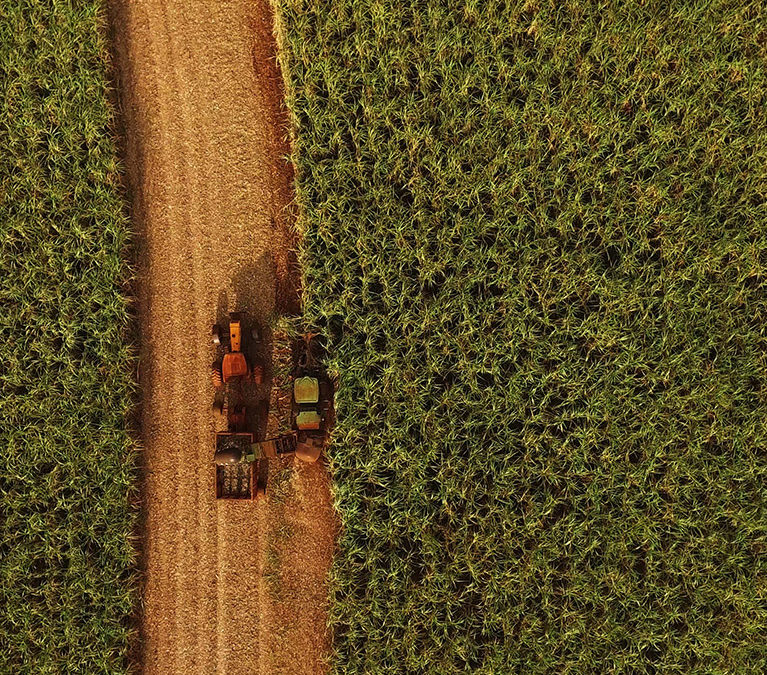ETHANOL
Brazil is the world’s largest sugarcane ethanol producer and a pioneer in using ethanol as a motor fuel. In 2019-20, Brazilian ethanol production reached 32.5 billion liters. Most of this production is absorbed by the domestic market where it is sold as either pure ethanol fuel (E100) or blended with gasoline (E27).
![]() Sugarcane ethanol is an alcohol-based fuel produced by the fermentation of sugarcane juice and molasses. Because it is a clean, affordable and low-carbon biofuel, sugarcane ethanol has emerged as a leading renewable fuel for the transportation sector.
Sugarcane ethanol is an alcohol-based fuel produced by the fermentation of sugarcane juice and molasses. Because it is a clean, affordable and low-carbon biofuel, sugarcane ethanol has emerged as a leading renewable fuel for the transportation sector.
Ethanol contributes to decarbonizing transport in two ways:

Blended with gasoline

Pure
BENEFITS
Ethanol adds oxygen to gasoline which helps reduce air pollution and harmful tailpipe emissions. Ethanol also reduces Greenhouse Gas (GHG) emissions by up to 90% when compared to fossil fuels, performing better than any other liquid biofuel produced today on a commercial scale.
Beyond its positive environmental impact, ethanol can also enhance a vehicle’s performance. It is a high-octane fuel that generates more power in higher compression engines.
Available now, ethanol helps to reduce global dependence on fossil fuels and can be used to diversify a country’s energy matrix.
OVER
3.20 bi
barrels of gasoline substituted between 1975 and 2020 in Brazil
Biofuels
are central to Brazil’s low carbon emission strategy
Per capita GDP rise of
USD 1,098
in Brazilian cities where
ethanol is produced
BRAZIL: A LEADER IN ETHANOL
PRODUCTION AND USE
Brazil has achieved greater energy security thanks to both a competitive sugarcane industry and policies that make ethanol a key part of its energy matrix. In 2019, Brazil replaced 47% of its gasoline needs with sugarcane ethanol.
A climate action roadmap for sustainable sugarcane
Sugarcane is a great source of renewable energy in the form of bioethanol, biogas, biomass and as a raw material for bioplastics and biomaterials
News

ITRE vote provides opportunity to confirm biofuels deserve seat at the table, but targets remain low
A clear opportunity to confirm why sustainable crop-based biofuels deserve their seat at the table, but targets continue to underplay their potential in the transport energy mix. UNICA welcomes the positive developments from the ITRE committee vote today regarding EU renewable energy policy.

Sugarcane harvest for the second half of September 2021
Sugar production reached 2,32 million tons in the second half of September 2021. Since the beginning of the 2021/2022 harvest up to October 1st , accumulated sugar production reached 29,19 million tons while in the same period at 2020/2021 harvest season it was...
